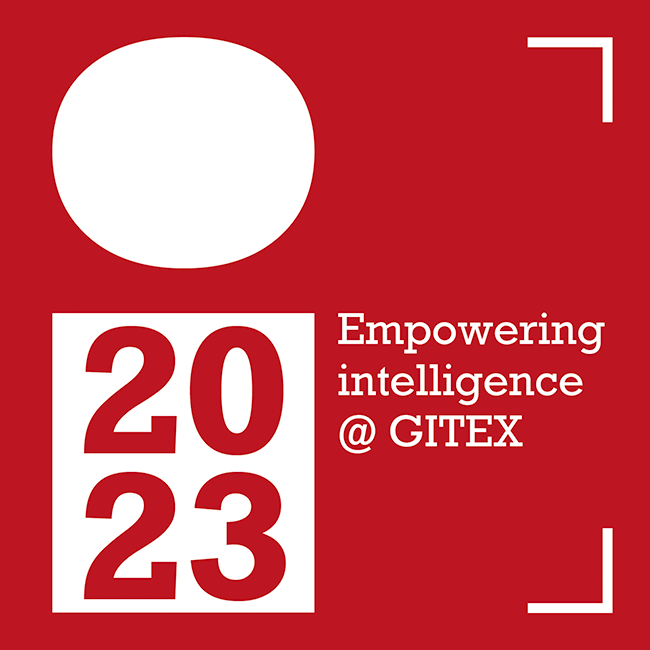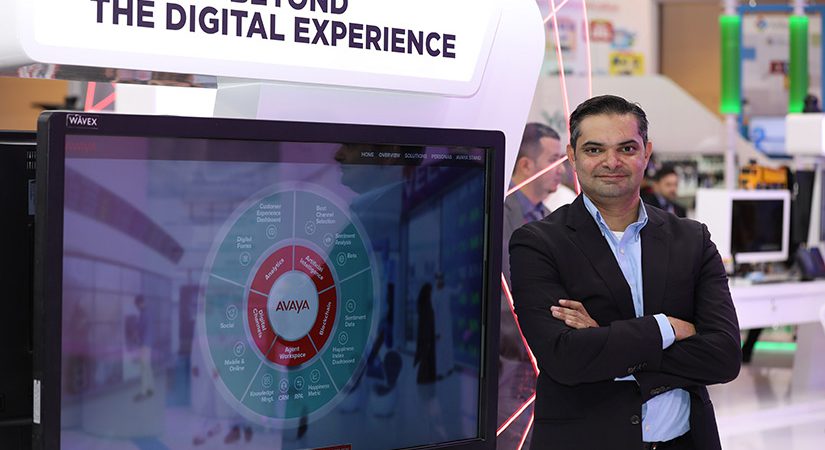Avaya celebrated customer success at GITEX 2017. Intelligent CIO spoke to Savio Tover Dias, Senior Director, Sales Engineering, MEA and APAC at Avaya to see how the company is developing its solutions to help create a more personal customer experience.
Q: What is Avaya focusing on at GITEX this year?
A: This year have been different. The key reason is we are celebrating customer success on our stand. We understand that we’re not the only innovators and our customers are innovating at the same time with us and innovating the relevance in their business. GITEX is a rare platform to bring those collaborations together. Our customers are demonstrating the innovation they’ve done in our platforms and we are showing what we can do beyond that.
Q: What do you currently identify as the trends in your industry?
A: I think that there are a lot of trends. There are a number of fast-moving trends. Right now, absolutely, AI and IoT are probably the foremost running. We probably will see in the next six months a lot more governments start to adopt that technology. But, yes, this wave of AI and IoT, we don’t know how long it will last, but then you’ve got other emerging trends that are going to come in to play that may disrupt both the customer experience and the communication experience.
Q: How is Avaya enabling customers to deliver competitive customer experience?
A: At this year’s event we’ve got a number of our customers demonstrating what their customer experiences are. What we have done is we’ve taken it to a little bit further and shown where the customer comes in and how do we use the AI platform to tell you, “Hey, the call centre is busy right now but if you engage with the chat session, that would be the fastest way you can chat with somebody.” Or, “We see what you are doing. We have the expert that can meet you.”
So we can do some predictive analytics to find the channel of your choice. We have also got some backend robotics that are helping deliver all the unstructured data we’ve collected about whether you have been on our Facebook page or just on our website, and pull that data and help offer a more customised experience.
You can also see the history if you were talking to a chatbot, for example, and see what was your engagement like and then you can do a sentiment analysis and then beyond that get the customers to do a survey. So, a sort of blockchain and we are showing on our stand we’re delivering our Happiness Index.
We’ll be doing full life cycle experience from when you enter a store, or you come in through our website. We’ve got some smart ideas about it.
Q: How are the current tech advancements helping governments specifically to deliver measurable results?
A: That’s probably the most complex one because governments are involved with smart city projects, consolidation of citizen data, trying to develop experiences for cities. Basically, everything you can imagine. On our government’s stand, we are showing the emergency response. How do you respond to an emergency?
So first, we show what our existing role is in emergency responses. We have a significant share across the globe in emergency response which is voice only. Everybody that dials 999, 911, 112, whatever the numbers are, we show that response.
The next thing that we’re showing is what happens in the alternative channels that we’re using now. Social media comes into play. You’ve got CCTV cameras that have intelligence and can detect a fire, or smoke, or heat, and how you trigger government response with that.
And third is when we do move into an autonomous world of driverless cars and driverless trains, how do we react to the source of conflict or emergency, and define the correct response to that autonomous world. We have sensors to define how bad the accident is, impact, number of passengers in the car, etc.
Click below to share this article
